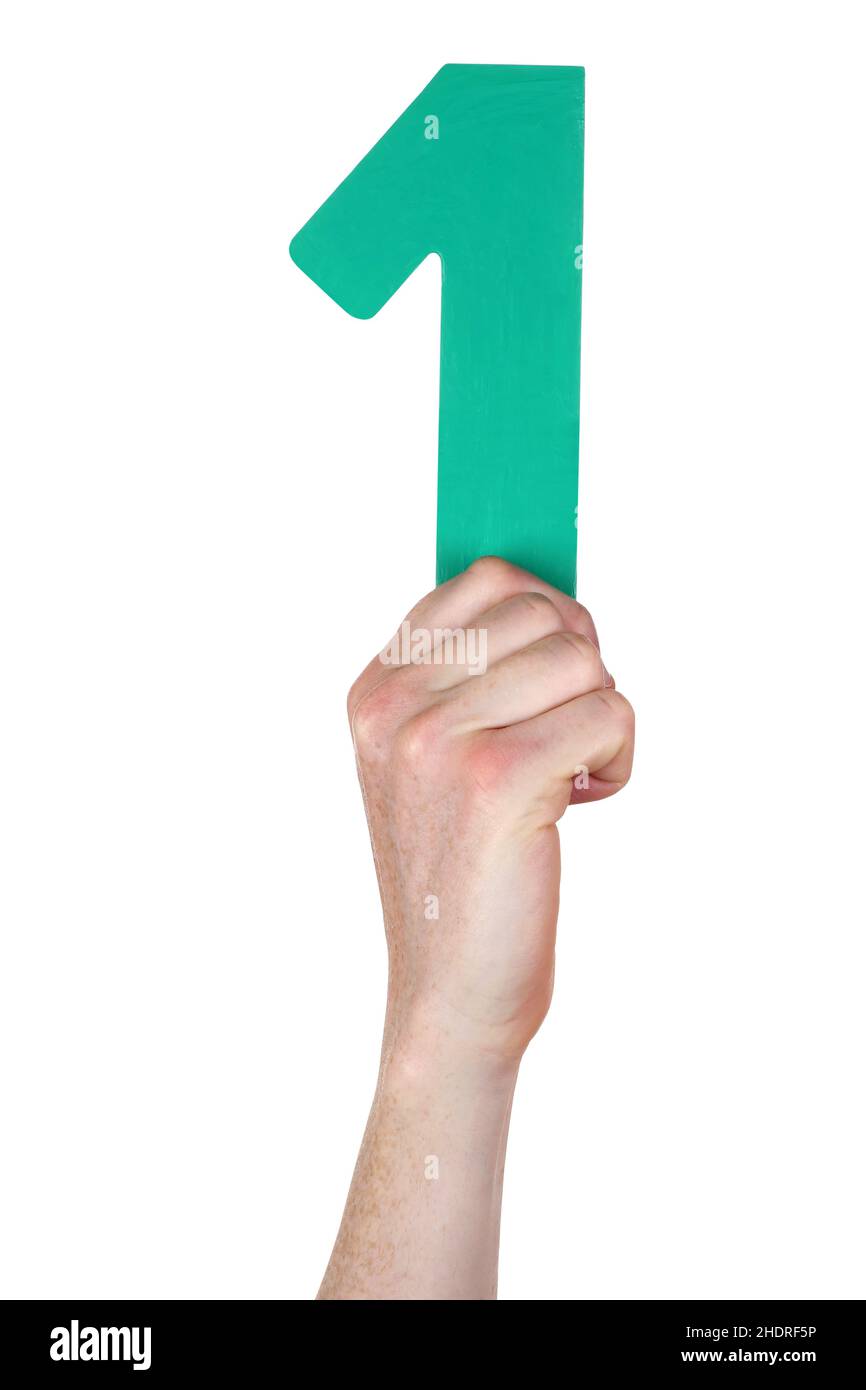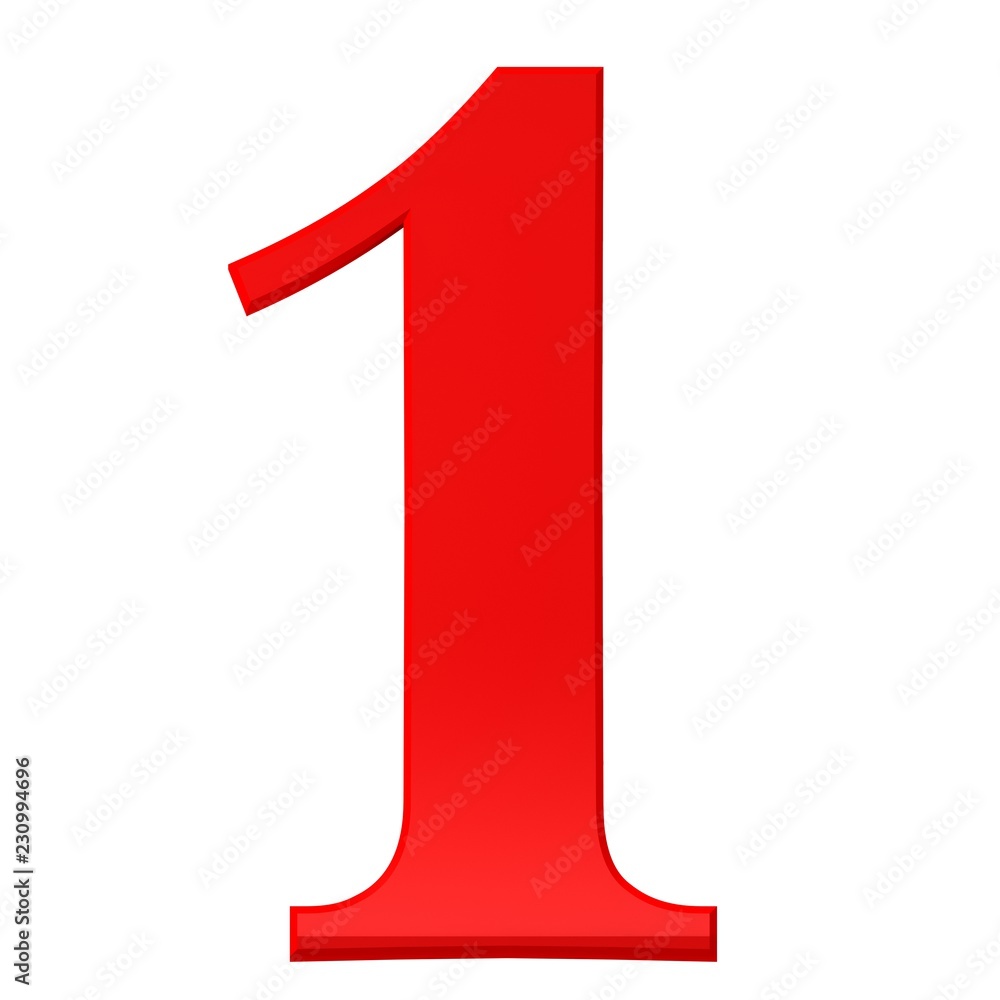Ever found yourself staring at a recipe, spoon in hand, wondering about the exact size of a "dash" or, more importantly, how many teaspoons truly make up a tablespoon? It's a common kitchen puzzle, one that, honestly, many home cooks face pretty often. Getting your measurements right can make a huge difference, whether you're baking a delicate cake or whipping up a savory sauce. Accuracy, you see, is a big deal in the kitchen, just like in other areas where precise numbers matter.
Knowing your way around kitchen measurements helps a lot, you know, especially when a recipe calls for a unit you don't quite have the right tool for. Or, maybe you're trying to cut a recipe in half, and suddenly those smaller measurements become even more important. It’s almost like solving a little math problem every time you cook, which can be fun, but also a bit tricky if you're not sure where to begin. This basic conversion, 1 tsp to tbsp, is a really useful bit of information for anyone spending time in their kitchen, honestly.
So, today, we're going to clear up this common question once and for all. We'll look at why this particular conversion is so important, how it works, and some simple ways to remember it. You’ll find that once you get this down, your cooking and baking will feel much smoother, and you’ll likely make fewer mistakes, too. It’s a foundational piece of kitchen wisdom, very much like knowing that basic cooking principles make all the difference, and it helps build confidence, truly.
Table of Contents
The Basics: What Are Teaspoons and Tablespoons?
The Core Conversion: 1 tsp to tbsp Explained
Why This Conversion Matters in Your Kitchen
Baking Precision
Scaling Recipes Up or Down
Less Dishwashing
Practical Examples: Using 1 tsp to tbsp in Recipes
Common Measurement Mix-Ups and How to Avoid Them
Tips for Remembering the 1 tsp to tbsp Rule
Beyond tsp and tbsp: A Quick Look at Related Measurements
FAQs About 1 tsp to tbsp
Conclusion: Your Kitchen Confidence Booster
The Basics: What Are Teaspoons and Tablespoons?
Before we jump into the conversion itself, it helps to get a clear picture of what we're talking about. A teaspoon, often shortened to "tsp," is a small unit of volume. It's used for measuring smaller amounts of ingredients, things like spices, extracts, or baking powder. Think of those tiny spoons you use for stirring tea, and you're pretty close to the size, in a way. These spoons are essential for getting just the right flavor balance without overpowering a dish, so it’s important to know their purpose.
Then there’s the tablespoon, usually abbreviated as "tbsp." This unit is larger than a teaspoon, and it's used for bigger quantities of ingredients. You might use a tablespoon for things like oil, sugar, flour, or even a dollop of peanut butter. It's a very common measurement in recipes, and you'll find it popping up repeatedly, just like other essential kitchen tools do. Knowing the difference between these two, their typical uses, really sets the stage for accurate cooking, you know.
It’s worth noting that while there are standard measuring spoons, the spoons you use for eating might not be precise. A regular eating spoon can vary quite a bit in size, so for cooking and baking, always use a proper set of measuring spoons. This makes sure you're getting the exact amount the recipe calls for, which is pretty important for consistent results, honestly. The consistency, in some respects, is what makes a dish turn out the same way each time.
The Core Conversion: 1 tsp to tbsp Explained
Alright, let’s get right to the heart of the matter. The conversion from teaspoons to tablespoons is actually quite straightforward. In the standard measurement system used in cooking, there are exactly three teaspoons in one tablespoon. So, to put it simply: 1 tablespoon equals 3 teaspoons. It’s a very neat and tidy relationship, isn’t it?
This means if a recipe asks for 1 tablespoon of vanilla extract, and you only have a teaspoon measure handy, you’d use three full teaspoons of the extract. Similarly, if a recipe calls for 1 teaspoon of baking soda, and you want to double the recipe, you’d need two teaspoons, which is less than a tablespoon. Knowing this, you can, in a way, do some quick mental math to adjust your ingredients. It’s a simple arithmetic sequence, where each "step" is a teaspoon, and three steps make a tablespoon, just like adding 1/8 to the previous term in a series, as I've seen in some math problems.
This ratio, 3:1, is a fixed standard. It doesn't change based on what you're measuring, whether it’s a liquid or a dry ingredient. A teaspoon of water is the same volume as a teaspoon of flour, and the same goes for tablespoons. This consistency is a big help, you see, because it means you don't have to remember different conversion rates for different ingredients. It makes things so much easier, really, when you’re trying to get a dish just right.
Why This Conversion Matters in Your Kitchen
You might think, "Is knowing 1 tsp to tbsp really that big of a deal?" And the answer is, yes, it actually is, quite a bit! This simple conversion can save you time, reduce waste, and improve your cooking results. It's a small piece of knowledge that has a rather large impact on your kitchen efficiency and the quality of your food, honestly.
Baking Precision
Baking is, arguably, a science. Unlike cooking, where you can often adjust ingredients as you go, baking requires precise measurements for chemical reactions to happen correctly. Things like leavening agents (baking soda, baking powder) or flavorings (vanilla, almond extract) are often measured in teaspoons. If you get these amounts wrong, your cookies might not rise, or your cake might taste too strong of one flavor. Knowing how to convert between tsp and tbsp helps you measure accurately, even if you only have one type of spoon available. It’s like how in some complex calculations, knowing the precise conversion of kilojoules to kilocalories is essential for getting the right energy value, you know.
Scaling Recipes Up or Down
Imagine you have a recipe that makes enough for four people, but you only need to cook for two. Or, perhaps, you're making a big batch for a party. This is where the 1 tsp to tbsp conversion becomes incredibly useful. If a recipe calls for 1.5 tablespoons of an ingredient, and you're cutting it in half, you'd need 0.75 tablespoons. That's 2.25 teaspoons! Trying to measure 0.75 tablespoons directly can be tricky without the right spoon, but knowing it's 2 and a quarter teaspoons makes it much simpler to measure with your smaller spoons. It's a very practical skill for adapting recipes, honestly, and helps you avoid waste.
Less Dishwashing
This might seem like a small thing, but it adds up! If a recipe calls for, say, 2 tablespoons of oil, and you only have a teaspoon measure clean, you can use six teaspoons instead of washing a tablespoon. Or, if you need 4 teaspoons of an ingredient, you can use one tablespoon and one teaspoon, rather than four individual teaspoons. This might sound silly, but it truly does help keep your kitchen tidy and reduces the number of utensils you need to clean after cooking. It’s a little trick that makes a big difference in daily kitchen life, you know.
Practical Examples: Using 1 tsp to tbsp in Recipes
Let's put this conversion into action with some common kitchen scenarios. Understanding how to apply the 1 tsp to tbsp rule makes a real difference in your cooking flow, you see. It’s not just about knowing the numbers; it's about making them work for you, very much like figuring out how to calculate a sum in terms of 'n' in a math problem, where the formula helps you get to the answer.
Imagine you're making a batch of chocolate chip cookies. The recipe calls for 1 teaspoon of vanilla extract. You only have a tablespoon measuring spoon available. Since 1 tablespoon equals 3 teaspoons, you know that 1 teaspoon is one-third of a tablespoon. So, you'd fill your tablespoon measure about one-third of the way. This might require a bit of estimation, but it's a lot better than guessing or skipping the ingredient entirely. This method is surprisingly helpful, truly, for those moments when you’re missing a specific measuring tool.
Another scenario: a soup recipe requires 2 tablespoons of dried herbs, but you prefer to measure with teaspoons for more precision with small amounts. Knowing that 1 tablespoon is 3 teaspoons, 2 tablespoons would be 2 multiplied by 3, which equals 6 teaspoons. So, you’d simply add six teaspoons of dried herbs to your soup. This approach gives you more control over the seasoning, which is pretty nice, especially when you're aiming for a particular taste profile. It really helps you get that balance just right.
Consider a marinade



Detail Author:
- Name : Jarod Welch
- Username : karelle.heathcote
- Email : lueilwitz.reilly@buckridge.com
- Birthdate : 1982-04-22
- Address : 11223 Lisandro Square Port Jaunita, DC 59268-4208
- Phone : +1-417-594-4612
- Company : Ullrich, Legros and Powlowski
- Job : Athletes and Sports Competitor
- Bio : Autem minima est sapiente dignissimos fugit. Nostrum vel eligendi quo praesentium in praesentium. Accusamus necessitatibus laboriosam tempora nesciunt quibusdam placeat.
Socials
instagram:
- url : https://instagram.com/zweber
- username : zweber
- bio : Nihil beatae laboriosam eligendi ducimus. In aspernatur sint qui iusto amet qui.
- followers : 416
- following : 433
facebook:
- url : https://facebook.com/zoey_weber
- username : zoey_weber
- bio : Qui consequuntur soluta aut qui ea.
- followers : 1700
- following : 970
linkedin:
- url : https://linkedin.com/in/zoey.weber
- username : zoey.weber
- bio : Suscipit aliquam nostrum quae molestiae.
- followers : 705
- following : 2437
twitter:
- url : https://twitter.com/zoeyweber
- username : zoeyweber
- bio : Et ut error quis dolores quaerat aliquid facere. Nobis eos est amet blanditiis deleniti expedita aliquam odio. Odio ex cumque dolores unde soluta.
- followers : 3679
- following : 2769

